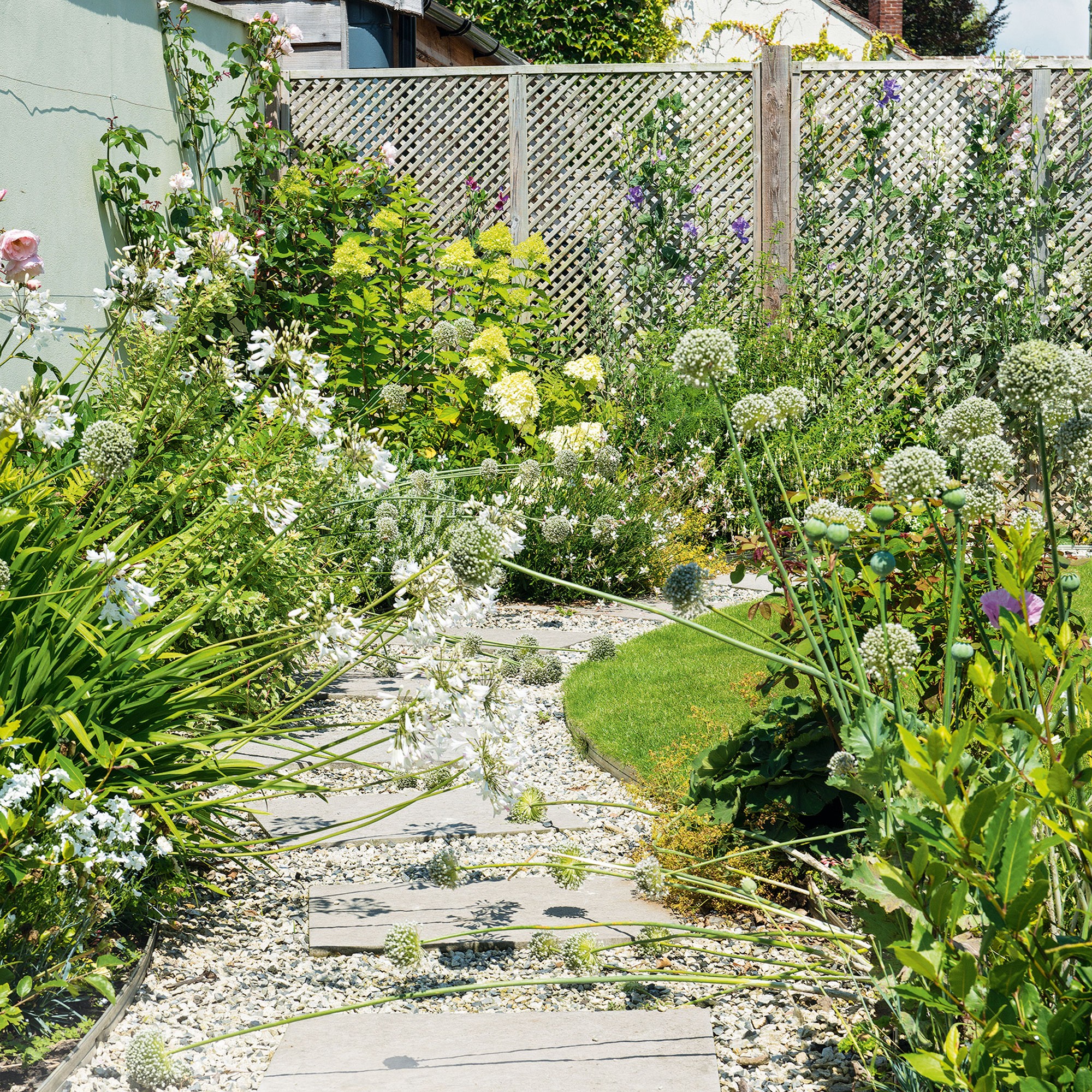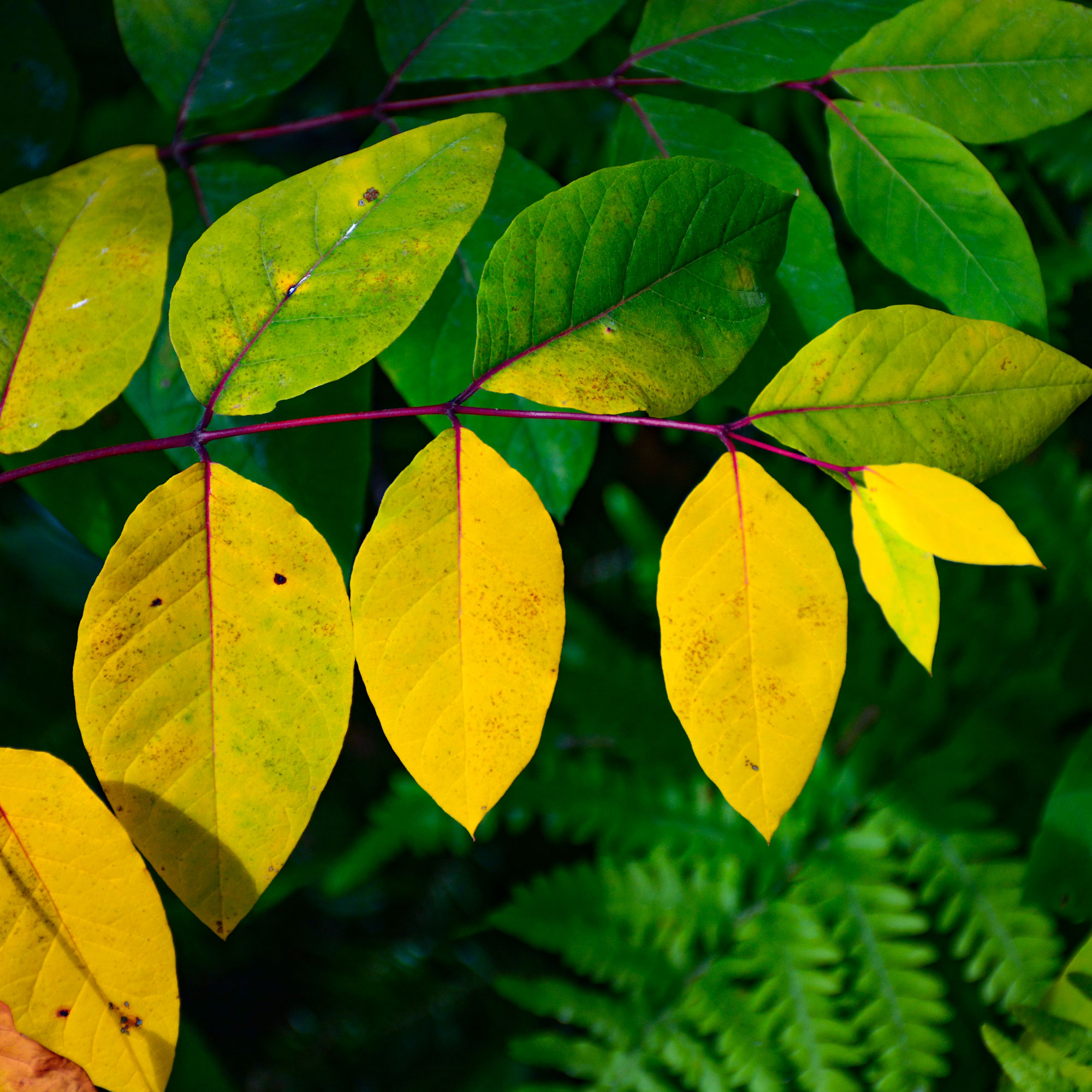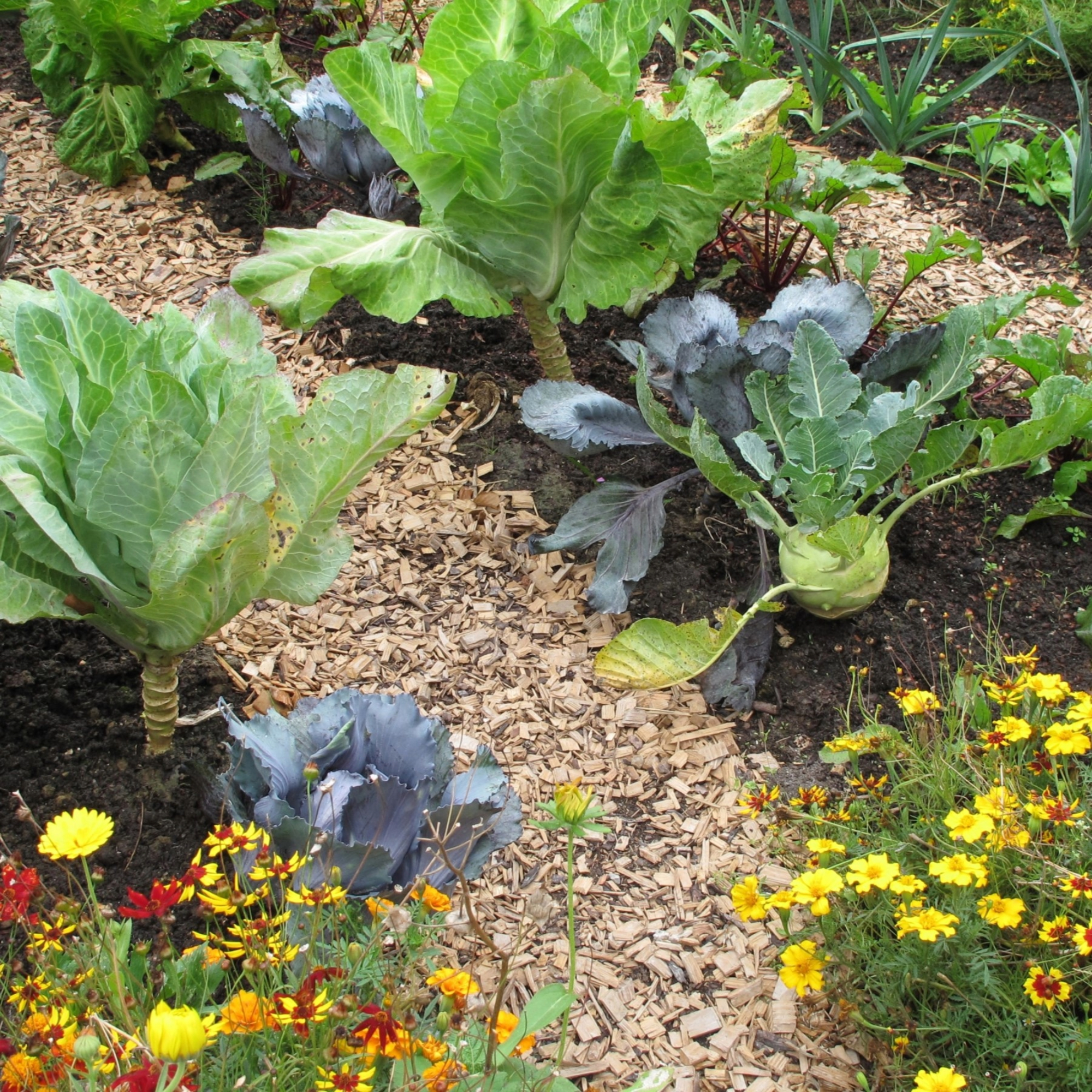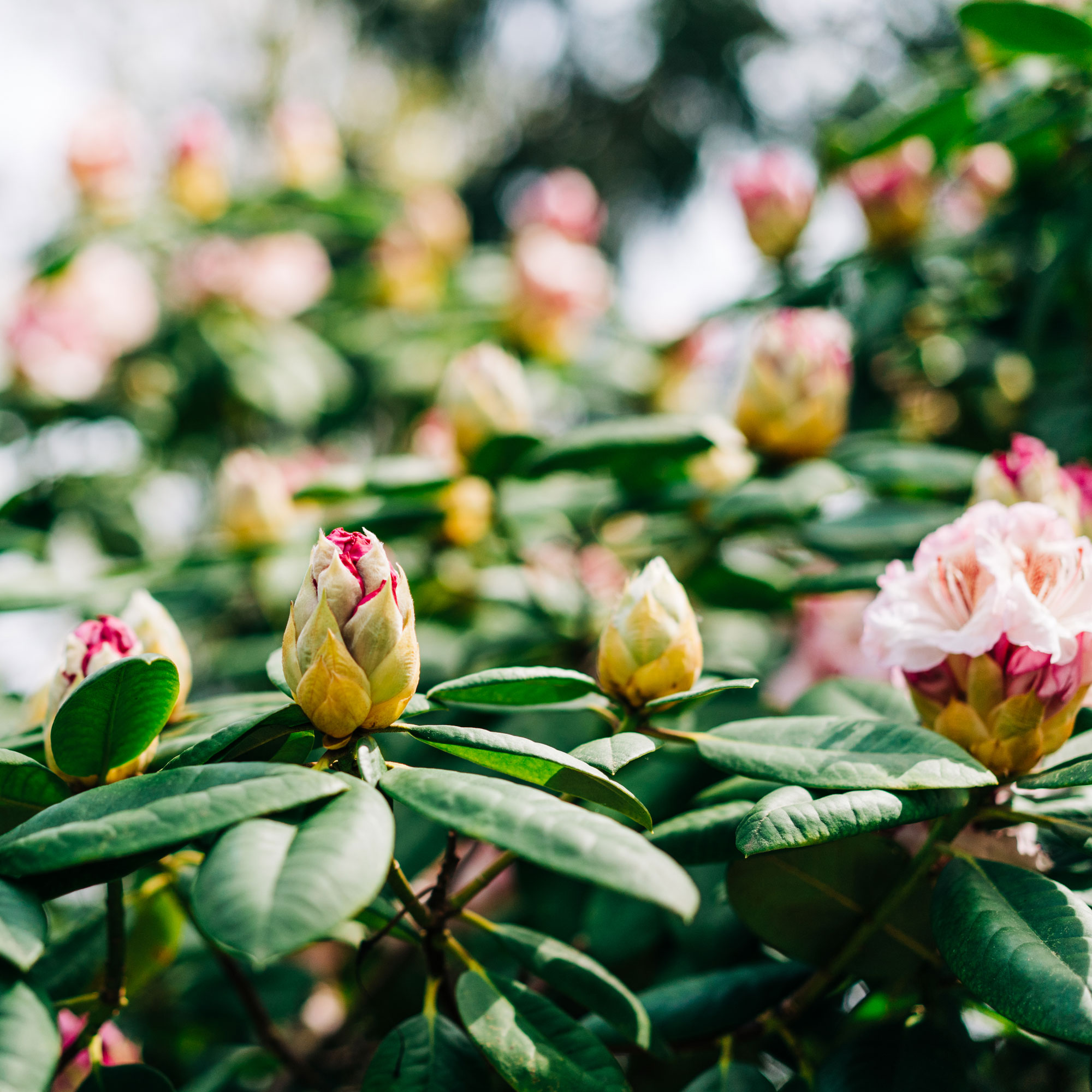
Let’s be honest; it’s getting hot out there. And while the warm temperatures are a welcome addition to the (often very mild and rainy) British summer, the scorching weather can wreak havoc on our gardens. And right now, there’s a high chance that your plants are suffering from heat stress.
Yep, you can put a whole load of time, effort, and money into bringing a garden idea to life, but one heatwave can ruin it all in just a few days. As temperatures soar, your lawn turns yellow and crispy, your plants wilt and wither, and your water butt starts working overtime. And while it’s important to keep your garden cool in a heatwave, you must also keep a close eye on your plants.
When exposed to long days, high temperatures, and very little water, it’s common for plants to suffer from heat stress. If left to their own devices, there’s a high chance that your plants will succumb to this stress. So, that’s why you need to look out for the signs your plants are suffering from heat stress - and understand how to fix it.
Signs your plants are suffering from heat stress
‘When warm weather arrives, you might think this is what your plants have been waiting for, says Anastasia Borisevich, plant expert at Plantum. ‘However, higher temperatures may slow down plant growth, lead to serious stress, and even kill your plants.’ So, follow these expert-approved tips to help plants suffering from heat stress.
1. The leaves have turned yellow

There are many reasons why plant leaves turn yellow, but one of the most common is due to temperature changes and heat stress. After all, when you water your garden in the summer, the water evaporates extremely quickly - leaving the plant thirsty and dry.
And as plants in the UK aren’t used to temperatures in the high 20s, heatwaves and hot summers can have disastrous consequences.
In serious cases, the yellow leaves may fall off the plant to conserve water for the roots and stems.
Solution: Unfortunately, yellow plant leaves will never be green again, but watering your plant will help it cope with the heat stress and prevent other leaves from turning yellow.
If you can, water your plants from the bottom rather than the top. This will prevent the water from seeping through the dry soil and allow the roots to absorb as much as they need. In fact, using self-watering plant pots may work in your favour.
Just make sure that you’re watering your plants at the right time and not in the middle of the day. And while you can water in the morning or the evening, experts advise watering in the morning so the plant can absorb as much of the water as possible to survive the heat during the day.
This indoor/outdoor self-watering pot is perfect for watering from the bottom of your plants when they suffer from heat stress. Simply fill up the reservoir to water them.
If you prefer to water your plants by hand, this watering can is a must-have. Just remember to water little and often (in the morning, in the evening, or both) rather than in the middle of the day.
If you have in-ground plants, having a hose on hand is ideal as you can water whole sections of your garden at once. This will hopefully prevent heat stress.
2. The plant is wilting
Oftentimes, it’s easy to spot that your plants are suffering from heat stress as they visibly look different. So, if they look limp and wilted, heat is normally the cause.
John Clifford, a garden expert at Gardenstone, explains, ‘Plants undergo a process called transpiration, this is when water is released from the leaves. However, during hot weather when temperatures are high and the sunlight is intense, the process of transpiration speeds up.’
‘The excessive release of water from the plant's leaves results in dehydration, which can cause them to wilt,’ he adds.
Of course, watering your plants more in a heatwave is a great way to hydrate your thirsty plants, but it’s also important to note that it’s very easy to overwater your plants in the summer. Because of this, you need to get it just right - and we’ve explained more below.
Solution: To keep your plants hydrated and reverse the signs of wilting, offer them some shade. There are so many garden shade ideas out there, and what you choose ultimately depends on the plants that you have.
If the plants in your container garden are suffering from heat stress, you can simply move them to another area where they can cool down and take shelter from the heatwave.
If your in-ground plants are suffering from heat stress, you can offer them some temporary relief using a shade sail, parasol, or shade cloth.
This shade cloth will protect your plants from the heat by blocking out 90% of the sun, while also being breathable and allowing water and air to pass freely.
This shade sail can create shade when you don't have it, protecting areas of your garden that are particularly susceptible to high temperatures while also preventing heat stress in plants.
If your plants are suffering from heat stress, this fleece can create some all-important shade and stop this problem from getting worse. Simply lay over your plants.
3. Vegetable crops have bolted

If you love growing your own fruits and vegetables, you’ll know just how difficult it can be to grow proper crops. Some seedlings don’t want to sprout, others are eaten by slugs and snails, and some fruits and veggies just don’t want to be harvested.
Unfortunately, the heat can make things worse, as vegetables in particular can suffer from heat stress. And in many cases, this can cause bolting, which is when they prematurely go to seed and are therefore inedible.
During the hot weather, bolting is common among cool-season crops. But for warm-season crops, this heat stress can also have the opposite effect and stunt the growth of produce.
Either way, if your fruit and vegetable crops aren’t producing the way that you’d expect at this time of year, it could be a sign that your plants are suffering heat stress.
Solution: To improve water retention and protect your crops from heat stress, it’s worth mulching your plants. Typically used in the winter to protect plants from frost, mulch can also be used during the summer months.
Anastasia says, ‘Mulching with a cooling material is another way to limit the amount of evaporation. Mulch also breaks down over time and adds organic matter to the soil, giving your veg beds and containers a well-needed boost for the summer.’
‘This is especially beneficial for young plants and those with shallow roots, as these will be most affected when the topsoil is parched.’
Chipped bark is a great option for mulching, and this particular brand and product comes highly rated from customers.
This mulch can be spread around your heat-stressed plants to help retain moisture and prevent moisture loss during the hot weather.
If you have large garden borders to protect from the heat, this 100 litre bag should do the trick. Plus, it'll make your borders look tidier.
4. The leaves are rolled up
If you’re looking for signs that your plants are suffering from heat stress, you should definitely look at the leaves. As well as turning yellow or looking limp, you may also find that the edges of the leaves have curled over and the whole leaf looks as though it’s been rolled up.
John explains, ‘Rolled leaf edges are a common sign of heat stress in plants, and they are easily identified as the leaves will start to form a cup-like shape. Rolling of the leaves is a natural reaction caused by a lack of moisture so it’s essential that you’re providing your plant with sufficient water to keep the roots hydrated.’
However, it’s important to note that rolled-up leaves can also be a symptom of overwatering, so you need to make sure that your plant is getting as much water as it needs - but no more and no less.
Solution: If your heat-stressed plants are rolling up to conserve water, providing them with more water is the logical solution. However, it can be difficult to understand how often and when you should water your plants.
Because of this, you might want to enlist a helping hand. Using water granules or water-storing gels that will release extra moisture to your plants when they need it most.
Alternatively, you could utilise smart watering technology to keep your garden hydrated - especially if you live a busy lifestyle or plan to go on holiday during a heatwave.
If you're struggling to keep up with how much your plants need to drink, these crystals can release water when your plants need it most. Simply scatter over your soil.
This smart piece of tech will allow you to control your sprinkler or irrigation system via the Eve app or Siri. This way, you can control when and how often you water your garden to prevent heat stress.
If your container garden is showing signs of heat stress, this kit automatically waters up to 20 containers so you can keep on top of watering.
5. Flowers aren't blooming

Have your flowers stopped blooming? Have they failed to bloom at all? Well, this could be a sign that your plants are suffering from heat stress - and this is actually called the cessation of bloom.
‘Cessation of bloom refers to when a plant stops blooming and fails to flower, and this is commonly the sign of an unhappy plant,’ says John. ‘It’s common for high temperatures and prolonged sunlight to cease the blooming process due to the extra stress that is placed upon plants.’
But this cessation isn’t just caused by excess heat and sunlight; excess heat and sunlight also inhibit the plant’s ability to absorb nutrients, which allow it to bloom.
Solution: Feeding your plants when they’re suffering from heat stress is one of the best ways to get them blooming again, as this will provide them with the nutrients they desperately need.
John suggests, ‘Make sure that you’re feeding your plants using a fertiliser to provide the boost they need to successfully flower.’
And while you could buy one off-the-shelf, it’s also important to note that there are many natural fertiliser alternatives that you can make with everyday household products and ingredients.
This all-purpose plant food can be used around the whole garden to give heat-stressed plants the boost they need to flower once more.
If you're not already using Epsom salt for plants, you need to give it a go. Epsom salts are a natural form of magnesium, which can perk your heat-stressed plants back up.
Tomato food isn't just for tomatoes, as it includes many nutrients your heat-stressed plants need. Just dilute with water and give your plants a drink.
FAQs
How long does it take for plants to recover from heat stress?
Ultimately, this all depends on how long the plant has been experiencing heat stress. If you catch the signs of heat stress early and take precautions to protect your plant from direct sunlight, underwatering, and excessive heat, it could take just a few days for plants to recover from heat stress.
However, if your plant has been in a stressful situation for a few days or even a few weeks (perhaps because you went on holiday), it will obviously take much longer. In these extreme cases, it could take months.
Can heat stress be reversed in plants?
Yes, heat stress can often be reversed - but it’s important to note that it cannot always be reversed. In extreme cases, a plant may have been exposed to too might heat and too little water to be revived and it may ultimately succumb to the stress.
That’s why catching heat stress early and taking measures to prevent it is so important. But in the UK, it’s fairly rare for plants that are treated properly to experience such damaging heat stress.
Are your plant suffering from heat stress? This is your sign to take action now.







